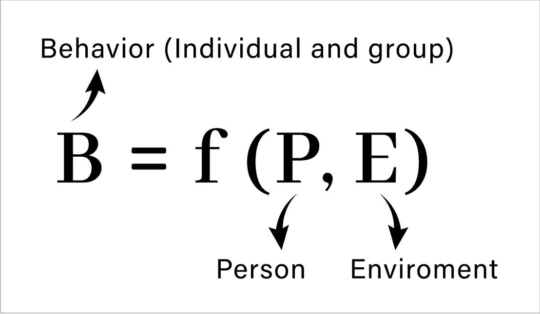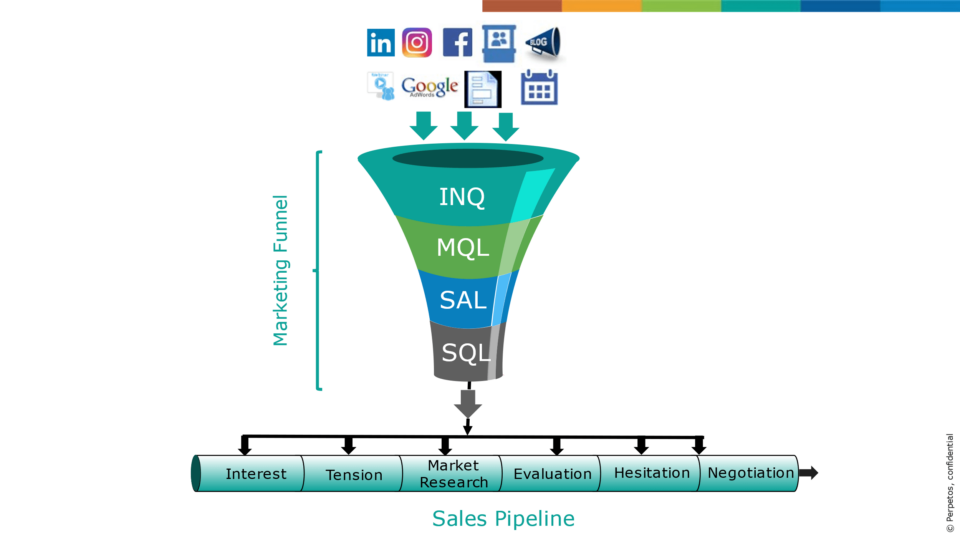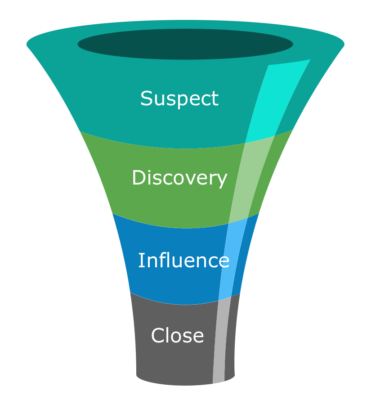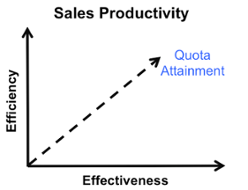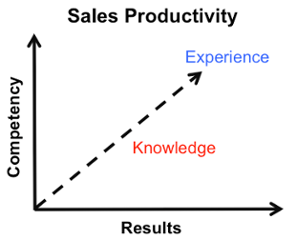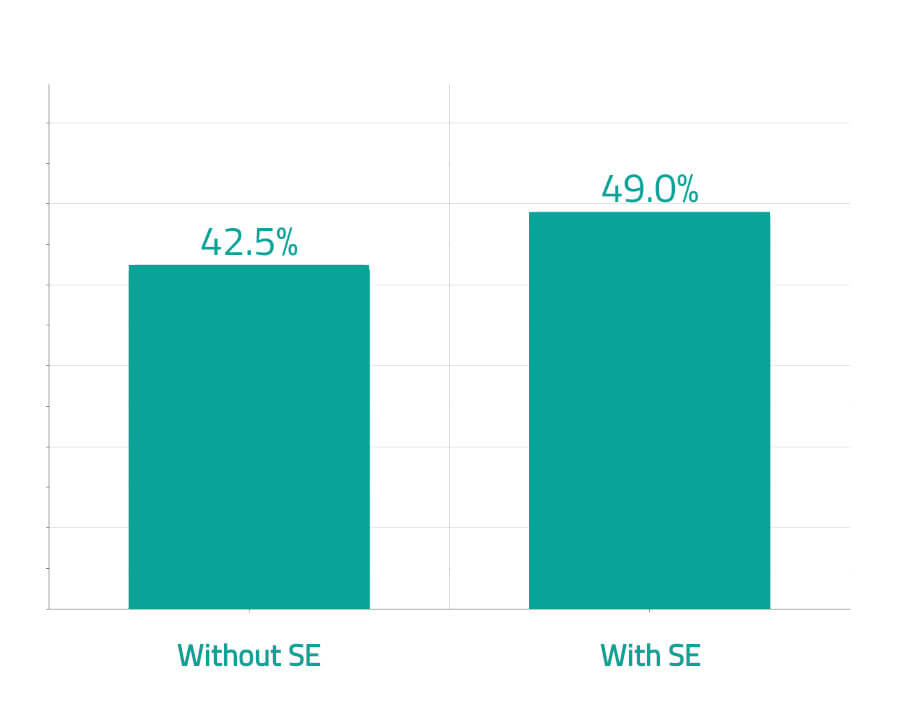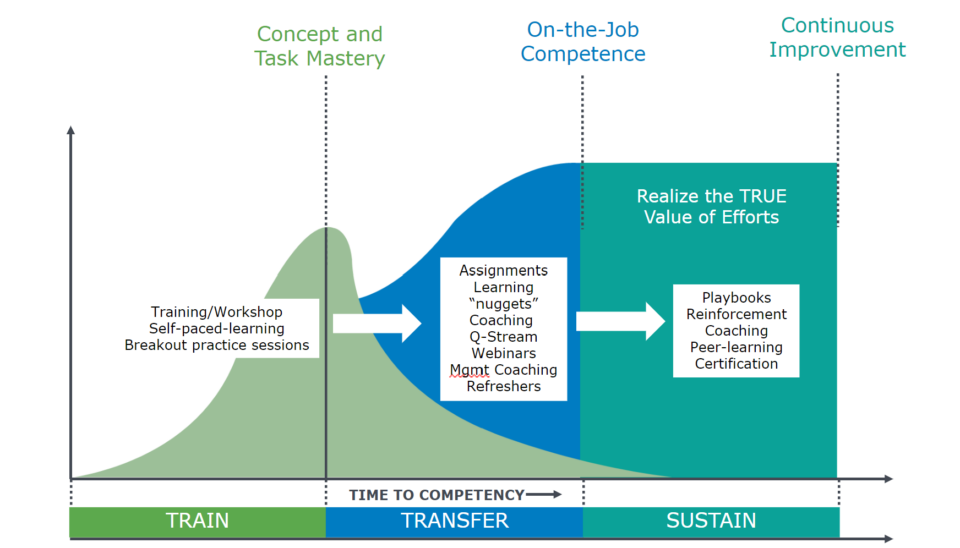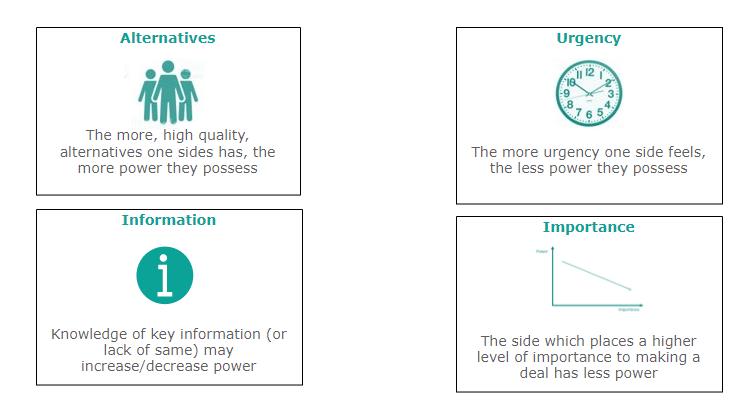Why commercial teams need evolving practices
How often have we seen a company implement so-called “best practices,” only to struggle, slow down, or even fail? A practice that once delivered results suddenly stops working. A CRM setup designed for efficiency turns into a bureaucratic nightmare. A sales strategy copied from an industry leader falls flat.
Best practices are supposed to be the gold standard, but in reality, they are often outdated before they are even getting deployed. What once worked in a specific context becomes rigid and ineffective as circumstances change. The idea of best practices as a universal solution is a fata morgana: an illusion that disappears the closer you get.
We worked with a company about to abandon their CRM and start over. Their commercial performance was under pressure, and at the same time, they decided to replace their outdated CRM. Following best practices, they selected one of the most widely used CRMs and an integrator experienced in their industry, expecting this to ensure a smooth implementation. The process included discovery meetings, broad audience involvement, and contextual analysis to guarantee adoption.
Despite careful planning, the CRM did not get accepted by the sales teams and was perceived as a reporting system. Mandatory fields, excessive data entry, and irrelevant dropdown menus turned it into an administrative burden. The system optimized for compliance but neglected usability. Instead of being a sales accelerator improving engagement with customers, it created frustration.
Following best practices had given them a false sense of security. The turning point came when they abandoned rigid implementation rules and focused on simplification. We suggested to skim the CRM down to a minimum viable product (MVP), ensuring it supported the core sales activities without unnecessary complexity. They also implemented our recommendations on prioritized usability and immediate value for sellers. Incremental functionality upgrades followed, aligned with adoption rates and real value creation. This marked the beginning of their shift to next practices: evolving the system based on what worked in practice rather than what had been predefined.

The illusion of best practices
For decades, companies have relied on best practices, assuming that if a strategy worked elsewhere, it will work for them. This belief leads to three major pitfalls:
- False sense of security: Best practices create the illusion that success is guaranteed, even when the context is not identical.
- Lack of adaptability: Markets, customers, and competition evolve. Best practices, by definition, look backward instead of forward.
- Blind replication: Many companies adopt best practices without tailoring them to their unique reality because they lack the insights to compare, interpret, and adapt.
Instead of looking for best practices to copy, organizations should focus on contextually relevant good practices: taking effective principles, adapting them to their specific situation, and using them as a foundation for ongoing evolution.
From good practices to next practices
Successful organizations no longer chase best practices. They start with good practices: tailor them as their first next practice and continuously evolve toward new next practices. This approach ensures flexibility, learning, and continuous performance improvement with faster time to first results.
Step 1: Start with contextually relevant good practices
Rather than assuming past successes guarantee future results, organizations must identify practices that fit their current and evolving context. The key is not what worked before but what will work tomorrow and how we will evaluate what to do next. Good practices should:
- Be adapted to the company’s reality: Built around current market conditions, customer expectations, and strategic goals.
- Be refined for the organization’s specific context: Designed to align commercial activities with how customers buy, ensuring that internal structures, resources, and processes support rather than constrain effective engagement.
- Lay the groundwork for evolution: Flexible enough to change as new insights emerge.
This ensures that organizations aren’t just optimizing existing processes but implementing practices designed to succeed today and evolve for tomorrow.
Step 2: Evolve toward next practices
Next practices emerge when good practices are tested, refined, and adapted based on real-world application. This approach enables organizations to:
- Stay ahead of market changes instead of reacting too late.
- Validate new methods through learning cycles before rolling them out at scale.
- Embed a culture of continuous improvement, ensuring lasting competitive advantage.
Why best practices fail in a complex world
The failure of best practices is not just an issue of execution; it is an issue of applying the wrong logic to the wrong type of problem. The Cynefin framework, developed by Dave Snowden, explains why best practices only work in predictable environments. In complicated domains, where problems have clear cause-and-effect relationships, best practices can be effective. However, most modern business challenges, especially in sales and customer engagement, fall into the complex domain where variables are unpredictable and past solutions rarely work the same way twice.
In a complex world, companies must move away from rigid playbooks and toward an adaptive approach. This is why next practices are essential: they allow organizations to evolve through experimentation, learning, and real-time adjustments.
To dive deeper into how Cynefin explains why best practices are a Fata Morgana in todays commercial context, stay tuned for our dedicated article on the Cynefin framework.
Conclusion: Moving beyond the illusion
Best practices are attractive but ultimately ineffective in dynamic environments. Instead of chasing linear solutions, organizations should focus on:
- Starting with contextually relevant good practices: Take proven concepts, implement them in MVP mode first, tailored to tomorrow’s reality instead of applying past solutions.
- Evolving toward next practices: Continuously refining approaches based on market changes and internal learning cycles.
- Recognizing that lasting success isn’t about finding the perfect process but about staying adaptive and future-ready.





